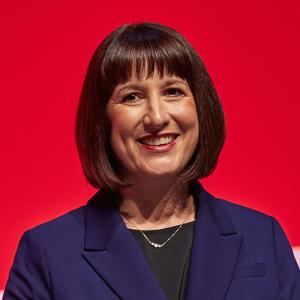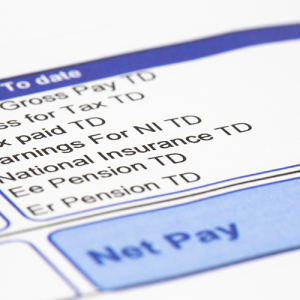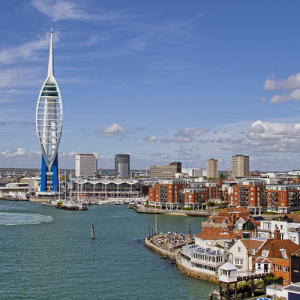24 November 2000
Perhaps with one eye on a likely May General Election, an analysis of last week's health authority allocations shows that the government has 'smoothed' the formula used to allocate the extra money between the 99 health authorities. This means that 91 authorities will receive a cash increase of between 8% and 9%. Only four will receive less than 8%, while four will get more than 9%.
Nominally, authorities' share of NHS spending is calculated using a formula based on their population, but this merely works out how much they should be receiving. The Department of Health traditionally moves each authority to this target level by reducing or increasing their funding over a number of years to cause minimum disruption to local services.
In the past, this process has been accelerated when there is more money to go round but this will not be the case in 2001/02, despite the massive cash injection. A good indicator of this pace of change is the gap between the lowest and highest increase in funding. In 2001/02, this will be exactly the same as when the current year's initial allocations were announced, with increases ranging from 7.85% to 10.14% in cash terms.
This has produced a 'concertina effect', pushing most authorities towards the average 8.5% cash increase, leaving little difference between those above and those below their target allocations.
Enfield and Haringey Health Authority, for example, was about 1% under target before its cash-terms increase of 8.44%. Bexley and Greenwich was 7.5% overfunded but will still get 8.46% next year.
Stephen Thornton, chief executive of the NHS Confederation, says it is reasonable not to rock the boat with big differences in allocations because a new funding formula, which could dramatically change many authorities' target figure, will probably be introduced in time for 2002/03.
But, while acknowledging that this is plausible, some in the health service point out that the smoothing of the allocations means that every Labour MP and Parliamentary candidate will be able to demonstrate a huge increase in local NHS funding.
With an election on the horizon, it is tempting to associate health spending with an attempt to win or hold on to marginal seats but there appears to be little evidence for this. Northamptonshire contains a number of Labour marginals yet the local health authority will receive an 8.06% cash increase, one of the lowest in the country. Labour's majority in Milton Keynes North-East is only 240 and Buckinghamshire Health Authority is underfunded by £12.2m. Despite an additional £34.8m in 2001/02, it will still be £12.8m under its target allocation.
Beyond the politics, there was real joy over the increase in spending in deprived areas. Health action zones are charged with reducing health inequalities in many inner cities, but areas without a HAZ will also receive cash to prevent lifestyle and poverty-associated deaths from cancers, heart disease and accidents.
The money will be allocated on the basis of 'Years of life lost', which measures preventable, premature deaths in under-75s. In Manchester, where the health authority will be given just over £2m under the programme, life expectancy for a baby boy is 6.5 years below that of a baby born in East Surrey.
Despite its image as an affluent, cosmopolitan city, eight babies in every thousand born in Leeds are stillborn or die very shortly after birth. Most people die from preventable causes – this year about 1,900 people will die of cancer, 500 of them from lung cancer. Also, the rate of women under 64 dying of coronary heart disease is 25% above the national average.
Wigan and Bolton Health Authority says the £2.1m it will receive under the initiative will help in the prevention and treatment of cancer and heart disease.
'The additional funding will allow ourselves and our partners in the provision of social care to enhance services for vulnerable groups such as the elderly, children and the mentally ill,' adds Tim Bennett, its deputy chief executive.
While the £65m increase in spending on health inequalities is welcome, authorities concede that the scale of the problem means more money will be needed. But the NHS has other priorities, including modernising cancer services and paying for new drugs, which can be as great a drain on funds in leafy suburbs as in deprived inner cities. Perhaps the smoothing of this year's allocations is an acknowledgement of this as much as anything else.
PFnov2000


















